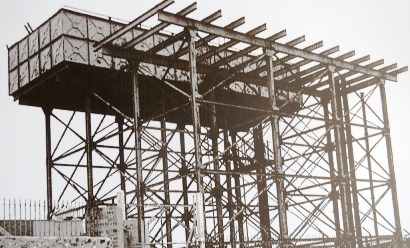2025 Barnett-Genge Lecture: A Perfect Place to Live
The tenth Andrew Barnett & Trevor Genge Memorial Lecture takes place on Thursday 9th October at 7:30 pm in St. Andrew's Church, Bilston Street, Sedgley. The speaker is Ned Williams the popular Black Country historian and author of over fifty books recording every aspect of life & times in our villages and towns.
Ned will be exploring 20th century housing projects promising ideal places to live. Locally Wolverhampton's Fallings Park was described as a 'garden suburb' (and even Sedgley featured in the 1930s with 'Goldthorn Hill Garden City' an ambitious private estate!).
Nationally the Garden Cities of Letchworth and Welwyn together with the model villages of Bournville in Birmingham and Port Sunlight on the Wirral were all trailblazers in the drive to build well-planned environments.
At this meeting find out how some of these remarkable schemes developed and if they have stood the test of time.
Admission is £2 – exact amount appreciated. Visitors are always welcome.
[Schoolteachers, Andrew Barnett and Trevor Genge were co-founders of the Society in 1984. Andrew launched the Sedgley Local History Museum (closed 2004) and Trevor published five books on the Sedgley Manor villages. Both were avid researchers and staunch supporters of conservation projects.]
2025 – Summer Teaser Answer
This was a Black Country landmark for fifty years. We asked you to name the location and discover the surprising story.
Two raised water tanks were installed on Sedgley Beacon next to the stone tower in 1922 and removed in March 1974. They were needed to solve a long standing distribution and pressure problem now exacerbated by demands from the Beacon Estate. Each tank could hold 50,000 gallons.
The tanks, manufactured in Birmingham by Thomas Piggott & Co., Ltd, were originally installed at Brocton Army Camp on Cannock Chase.
The second-hand tanks were raised above the roof of an 1893 reservoir. This covered reservoir held 250,000 gallons and was only decommissioned in 1971 when a larger one was built in the centre of Beacon Hill. Today the empty Victorian reservoir is grassed over, but the position of the raised tanks can be traced.

